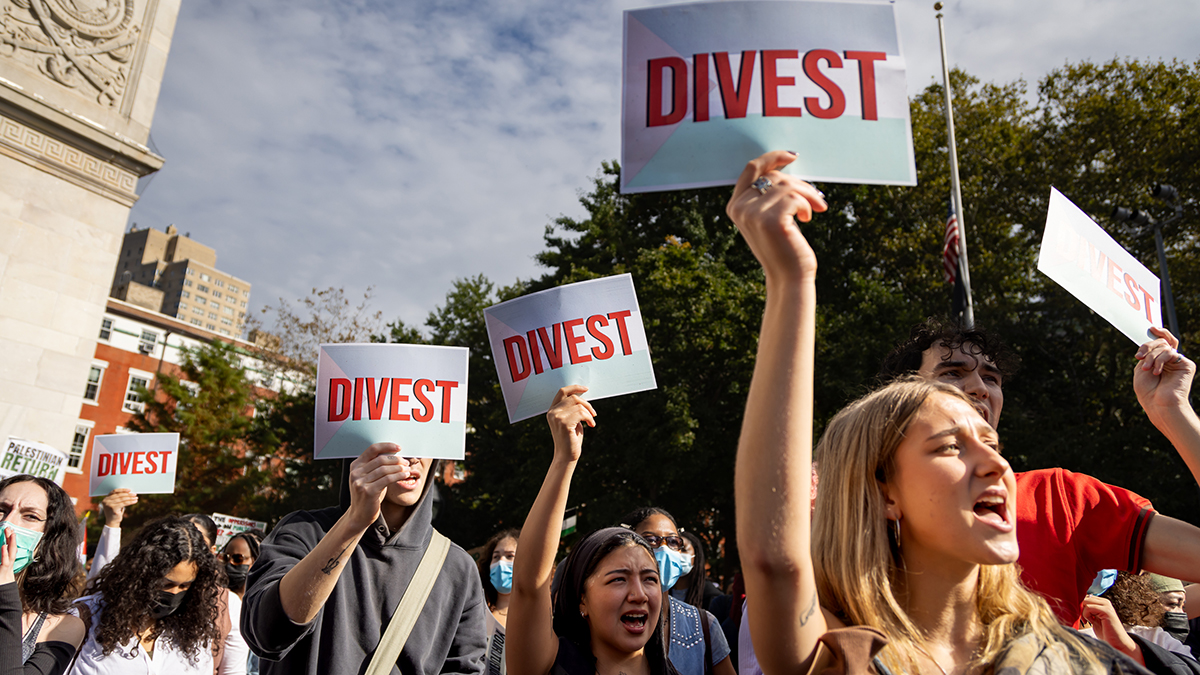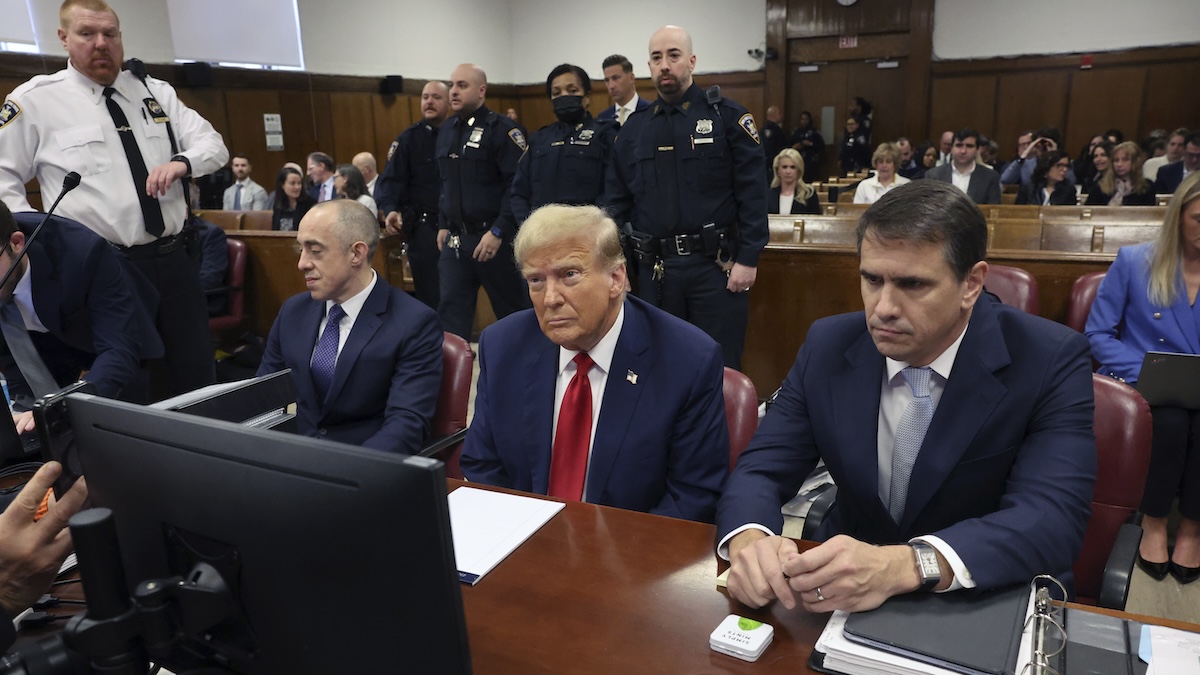What to Know
- Friday is the deadline for New York's 700 school districts to submit their fall reopening plans to Gov. Andrew Cuomo's office for review; the governor says he'll make an overarching determination the first week of August
- New York City submitted a basic framework for reopening the largest public school district in the nation, but parents will have to wait a few more weeks for any insight on their individual school specifics
- The question of schools has plagued educators, officials and parents for months; children fare better as far as COVID but they're role in transmitting it -- especially to vulnerable people -- remains highly unclear
New York's 700 school districts must submit their back-to-school plans to Gov. Andrew Cuomo's office by Friday -- as the question of how children transmit the coronavirus continues to befuddle experts across the nation and the globe.
Despite President Donald Trump's repeat assertions, the most recent of which came in his Thursday press conference, that young people are "practically immune" from COVID, national experts say that's simply not the case. While all agree children generally fare better than adults when infected, their role in spreading the virus to others is far less clear.
Dr. Deborah Birx, the White House's top COVID expert, has often said more studies need to be conducted on children and the virus. Apart from one study out of South Korea that may have limited U.S. implications, the data on this is lacking.
It's a dilemma that has plagued parents, educators and political officials for months. They all agree in-person learning is far more beneficial for students than remote learning. They also agree students could contract the virus at school, not know it, and spread it to in some cases multi-generational families at home.
One new study out of Chicago supports that point. Researchers found children under 5 can carry just as much of the coronavirus in their noses as older kids and adults. They raise the possibility that young kids may be able to spread COVID-19 as easily as adults, even if they aren't that sick.
News
Cuomo, painfully aware of that reality, has pledged to make an overarching determination on school reopenings in New York in the coming days. He will then assess the reopenings on a regional basis -- and he'll decide that using a formula.
In order to reopen, Cuomo said, the school's region must be in Phase IV and maintain a daily infection rate 5 percent or lower over a 14-day average. Right now, the whole state is in Phase IV. And the entire state, along with New York City on its own, has a seven-day rolling average daily test positivity rate of 1 percent.
Daily Percentage of Positive Tests by New York Region
Gov. Andrew Cuomo breaks the state into 10 regions for testing purposes and tracks positivity rates to identify potential hotspots. Here's the latest tracking data by region and for the five boroughs. For the latest county-level results statewide, click here
Source: ny.gov
If that holds, the governor has said he'll greenlight school reopenings as early as Aug. 1. That said, if the regional positivity rate shoots past 9 percent over a seven-day average after Cuomo clears a district to reopen, schools will have to close.
New York City, the nation's largest school district, has put forth a blended learning plan that would have most students in school no more than two or three days a week. They'll learn remotely the rest, raising new childcare concerns for working parents. The city has said it will open new centers to help on that front.
The city's plan, obtained by News 4 Thursday, also reveals the circumstances under which a school might have to shut down. If two students in the same class test positive, for example, that classroom will close. If two students in different classes test positive, though, it'll affect the entire school building for 14 days.
The city's school plan submission to Cuomo's office Friday doesn't include specifics for each of its 1,800 school buildings. Mayor Bill de Blasio says the school-specific plans won't be turned in until mid-August, leaving parents in limbo for several more weeks. He still pledged they would receive their students' schedules with plenty of time to plan before school reopens, tentatively Sept. 10.
Many details have emerged on potential plans in recent weeks, though talk of reopening schools has largely stayed at a broad level, rarely trickling down into any potential variations as it relates to the youngest students in the city.
A growing number of states experiencing record-breaking COVID surges are now opting to start the fall year fully remotely. New York City plans to offer parents the option to stay fully remote if they so choose. New Jersey recently unveiled its plan to do the same, as more of its teachers say they may not to return to the classroom.
Meanwhile, New York's Department of Education released its guidelines earlier this month for a safe return to the classroom.
The guidelines presented by the state's Department of Education to the Board of Regents include:
- Perform health checks and screenings, per DOH guidance, and recognize signs and symptoms of illness in students and staff; develop plans to maximize social distancing; develop plans to manage and isolate ill persons until they can be sent home; instruct students and staff in proper hand and respiratory hygiene; require wearing masks or face coverings; and develop cleaning and disinfecting procedures for the school in accordance with guidance set forth by the CDC and DOH;
- Schools and school districts should promote social distancing while maintaining existing safety requirements designed to protect students. To accomplish this, schools may expand their physical footprint or change the way they utilize space. Schools should also continue to meet or exceed ventilation requirements and may consult with design professionals to increase ventilation and filtration;
- Each district will be required to: perform regular school bus disinfection measures; train school bus staff regarding social distancing on the bus, at stops, and at unloading times; and train staff regarding the wearing of masks. Students will wear masks and social distance on the bus;
- Mandatory teaching and learning requirements include: clear opportunities for equitable instruction for all students; continuity of learning when using any instructional model; standards-based instruction; substantive daily interaction between teachers and students; and clear communication plans between parents and schools;
- Districts and schools must: have knowledge of the level of access all students and teachers have in their places of residence; to the extent practicable, address the need to provide devices and internet access to students and teachers who currently do not have sufficient access; and provide multiple ways for students to participate in learning and demonstrate mastery of learning standards in remote/blended models.



